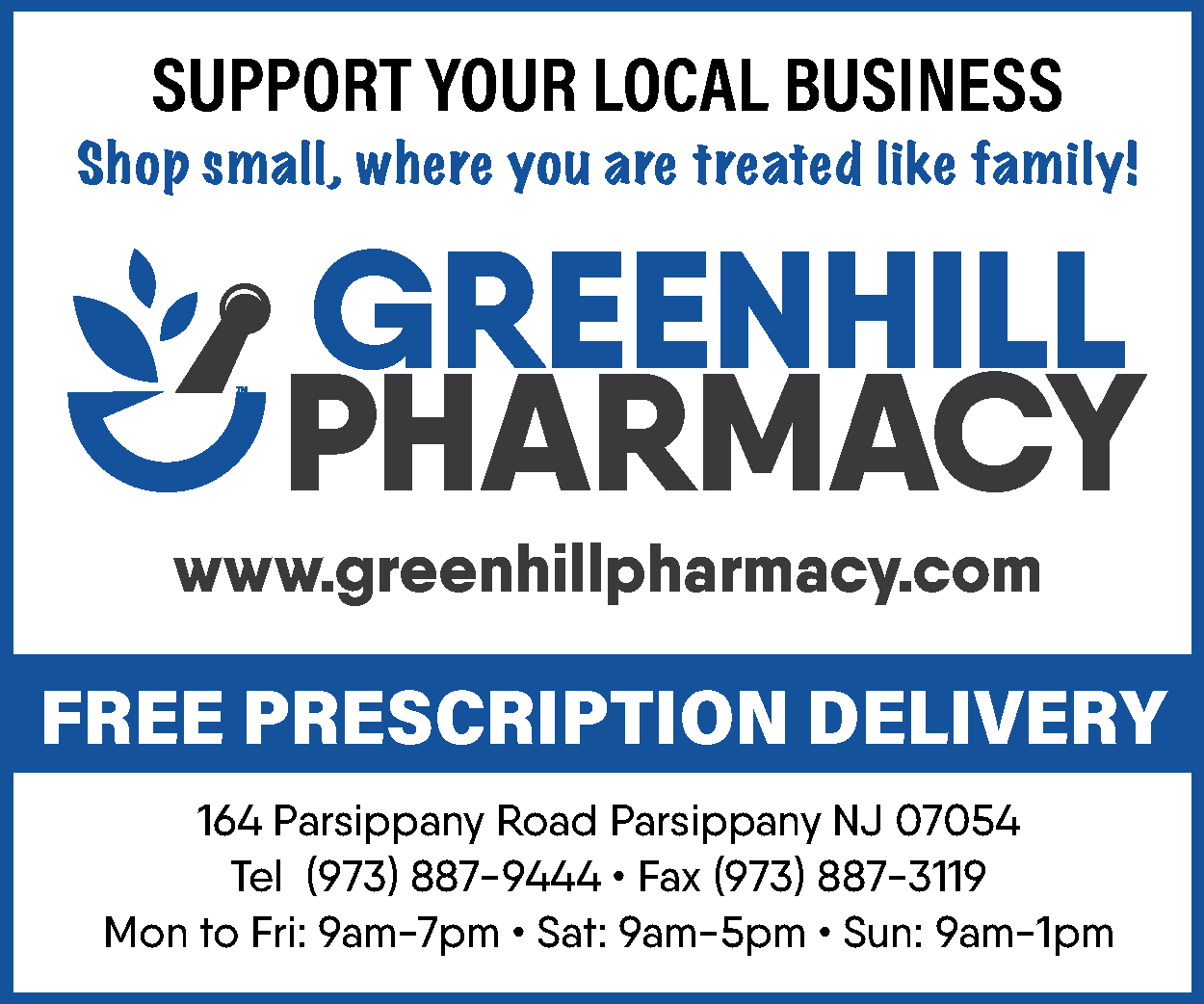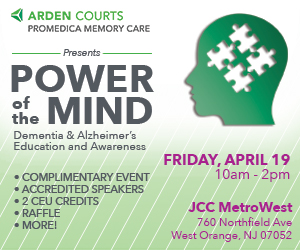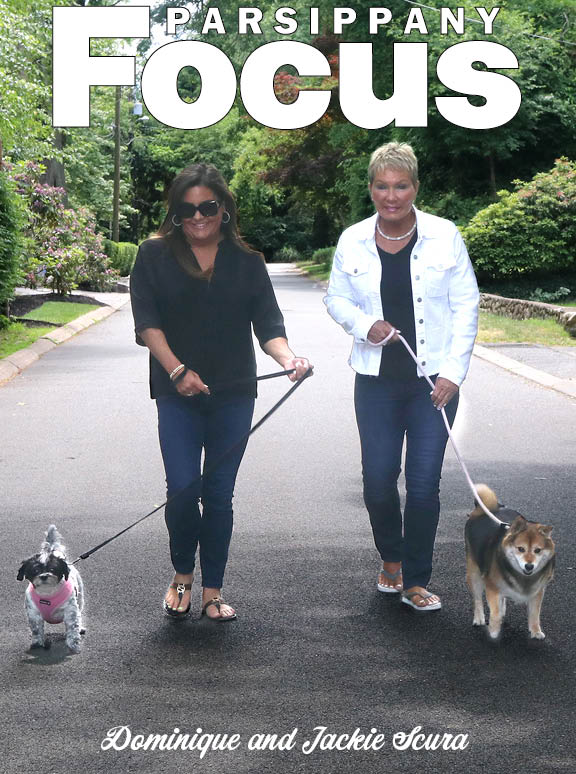by Lilo H. Stainton, NJ Spotlight
This story was written and produced by NJ Spotlight. It is being republished under a special NJ News Commons content-sharing agreement related to COVID-19 coverage. To read more, visit njspotlight.com
Before the economy can begin to recover, New Jersey will need to see a two-week decline in new COVID-19 cases and hospitalizations, expand testing capacity to double the current level, recruit as many as 7,000 people to track down infections and be ready to house and care for residents who test positive and lack a safe place to quarantine.
That’s according to the broad six-point plan Governor Phil Murphy outlined Monday in Trenton, which includes a series of public health benchmarks he said must be met before businesses and public spaces can safely reopen. Today, he plans to announce the members of a new recovery commission that will guide the economic elements of the state’s revival in the wake of the coronavirus pandemic.
Murphy provided no timeline for the strategy — which lacked detail — and said the stay-at-home order he issued in late March will remain in place for now. But establishing sufficient testing capacity alone could take five weeks, he acknowledged. The governor also said the process would be regionally coordinated with reopenings in six other states, including New York and Pennsylvania, although these efforts would not be identical.
“I don’t know when we’ll be able to formally and finally start this journey. Hopefully, if we all keep at it, it will be soon,” Murphy said. “If we let up even one bit with our aggressive social-distancing measures too soon — even one day too soon — we can easily see ourselves skidding off this road.”
New Jersey has now diagnosed more than 111,000 cases of COVID-19, including in more than 6,000 residents who have died. The impact on hospitals, especially in the northern part of the state, has recently lessened, however, according to state data, and daily discharges have outpaced admissions for more than a week.
‘Public health creates economic health’
Murphy said that economic recovery “will be guided by one overarching principle…public health creates economic health.” The plan he outlined Monday means the state “will be ready to put the car in gear as soon as we see a green light,” he added, noting that getting back to work will still require face masks, social distancing and other strategies to reduce infection risk.
But the six-point plan — “The Road Back: Restoring Economic Health Through Public Health” — provided few specifics, including how it would be rolled out across New Jersey. Murphy said he was leaning toward a statewide approach, but it was too soon to rule out a county or regional strategy, similar to what is proposed in New York state.
“A lot of ideas, not a lot of detail,” remarked Rutgers University Dean Perry Halkitis, a public health and biostatistics expert. “I do think the intention is in the right place,” he added but said three of the four public health goals will take some time to meet.
The plan calls for an “appreciable and sustained” drop in new COVID-19 cases and hospitalizations over 14 days; these terms aren’t defined in the outline, but Halkitis said these kinds of trends are fairly easy to track. Expanding testing and tracing capacity, and caring for those in quarantine is more complicated, he said.
Murphy has long stressed the importance of widespread COVID-19 screenings for the state to reopen, and his six-point plan calls for doubling the current daily capacity of approximately 10,000 tests. Roughly 205,000 New Jerseyans have been tested to date, or just over 2.3% of the total population, according to state figures.
Testing is still limited
But access to testing has been severely limited by the availability of kits, staff and other supplies, so screenings have so far been reserved almost exclusively for those with respiratory symptoms. Last week, the governor heralded the benefits of a new Rutgers University saliva test, which requires far fewer resources and — according to Rutgers officials — could be quickly scaled up to cover 20,000 or 30,000 people daily. But on Monday, he suggested it would be early May before the state was able to deploy widespread public testing, in part because of the time it would take to assemble sufficient resources.
“That’s a problem,” Halkitis said. “We need to have a better idea of the extent to which the population is either infected or has been infected.”
State Department of Health Commissioner Judith Persichilli has said another task force — separate from the economic advisory panel — is working on a protocol for the testing and tracing, but it is not clear when these recommendations will be available. DOH had already said it plans to use the saliva test to screen residents at the state’s five centers for adults with serious disabilities, a process that may be expanded to prisons, psychiatric hospitals, and other group-living facilities.
Murphy’s recovery plan calls for testing to prioritize health care workers, essential workers, and vulnerable populations. COVID-19 has had a disproportionate impact on the African American and Latino communities, and the governor said he hopes to use the recovery process as a way to address the underlying racial disparities in health. “COVID-19 did not create the inequalities in our society. But, it laid them bare. So, this is also our opportunity to help close those gaps,” he said.
Once people are tested, Murphy underscored the need for “robust contact tracing” to identify all those who had come into contact with COVID-19 patients. Persichilli has indicated the process could involve 7,000 people to assist with the work, which 99 local health departments statewide are now handling. But the plan doesn’t address how they would be hired, paid, or deployed.
Halkitis — who has urged the state to use public health students for this role, as has been done in New York City — said contact tracers need to be well trained to elicit the right information, including from individuals who may be undocumented or homeless and may wish to avoid answering questions. They must also be culturally competent to effectively communicate with people of diverse backgrounds.
Need for coordination
In addition, contact tracing of this scale must be coordinated through the state DOH, Halkitis said, not the local health departments; state officials declined to say Monday how this aspect of the response would be handled. “It’s got to be one approach. It can’t be 99” separate tracing programs run by local departments, he said. “Otherwise, it would be like using 99 different rulers.”
Murphy also said the state would partner with tech companies, including Google and Salesforce, to assist with electronic tracings and infection warnings, using software similar to that deployed successfully in other countries. “The ultimate architecture” of the recovery will be “some combination of boots on the ground and technology,” he said.
When individuals test positive, Murphy’s “Road Back” calls for the state to provide a free place and wraparound services, like medical care and social services, to those who don’t have a safe place to quarantine. While the state has secured hotel rooms in some areas that could be used for this purpose, it’s not clear who would coordinate or fund a larger effort.
Murphy said the state must accomplish these four public health elements before it can move on to short- and longer-term economic goals, described in the plan as “execute a responsible economic restart” and “ensure New Jersey’s resiliency.”
“That’s the order in which we must proceed,” Murphy said. “It means that before we reopen non-essential stores and businesses before we can reopen our parks, or before we allow in-person dining in our restaurants — among any host of other activities — people need to know, first and foremost, that their health will be safeguarded from COVID-19.”
Returning to work
The Governor’s Restart and Recovery Commission, to be named Tuesday, will provide advice and help plan a “methodical and strategic return to work” based on a matrix that considers the transmission risk and essential nature of each business. Face coverings and work-from-home orders will be required, in some cases.
The final element calls for using the lessons of COVID-19 to improve the state’s resiliency to a potential resurgence of coronavirus or against future pandemics. It calls for hospitals and other health care providers to stockpile protective equipment and ventilators, and for the state to create its own stash to help guard against the shortages experienced over the past six weeks.












